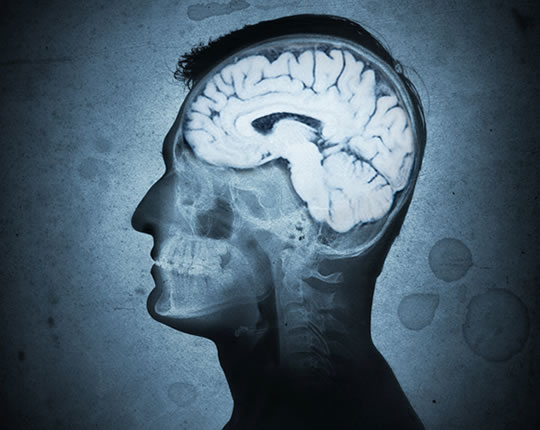Scientist around the world are reaching a new conclusion about what causes dementia and other neurodegenerative diseases.
An out of control immune system could be the underlying cause of Alzheimer’s and other neurodegenerative diseases, research finds.
There is now strong evidence that the body’s own immune system is causing cells in the brain to die.
Professor Robert Richards, who led the study, said:
“Dementia, including the most common form Alzheimer’s Disease, and related neurodegenerative conditions are dramatically rising in frequency as people live longer and our population ages.
[In the United States it] is predicting that by 2050 there will be almost double the number of people with dementia.Currently we have no effective treatments to assist the millions of affected people, and these diseases are an enormous burden on families and the public health care system.”
Proteins called amyloid plaques were previously thought to be the culprits in Alzheimer’s, but the evidence is not strong enough.
Professor Richards said:
“Our interest in the body’s own (innate) immune system as the culprit began when we discovered that immune system agents become activated in a laboratory model of Huntington’s Disease.
Remarkably, researchers from other laboratories were at the same time reporting similar features in other neurodegenerative diseases.
When we pulled the evidence together, it made a very strong case that uncontrolled innate immunity is indeed the common cause.”
The immune system may malfunction as a result of various triggers such as toxins, genetic mutations or physical injuries.
Professor Richards said:
“We hope this new way of understanding neurodegeneration will lead to new treatments.
We now need to further investigate the immune signaling molecules, to identify new drug targets that will delay the onset and/or halt the progression of these devastating diseases.”
The study was published in the journal Frontiers in Neuroscience (Richards et al., 2016).
Brain image from Shutterstock









